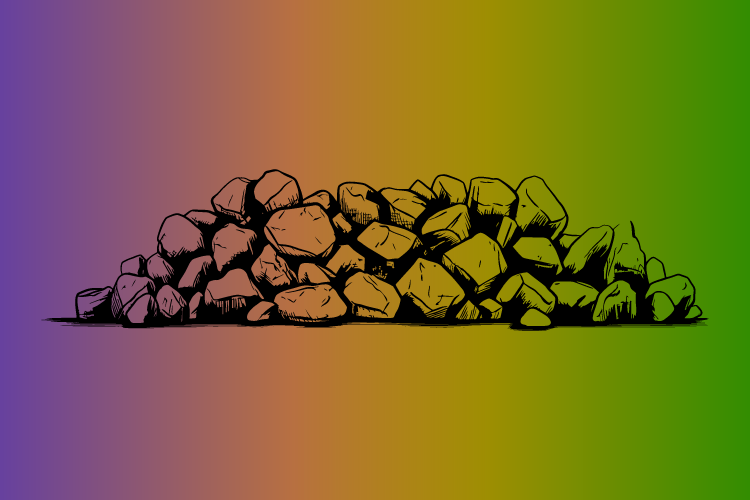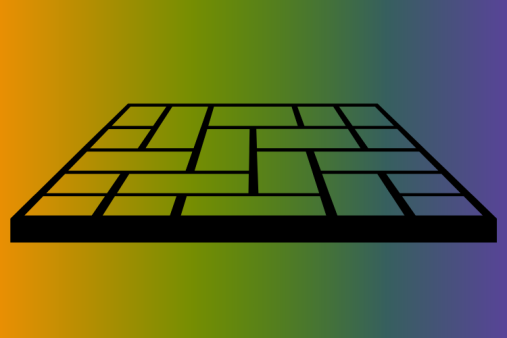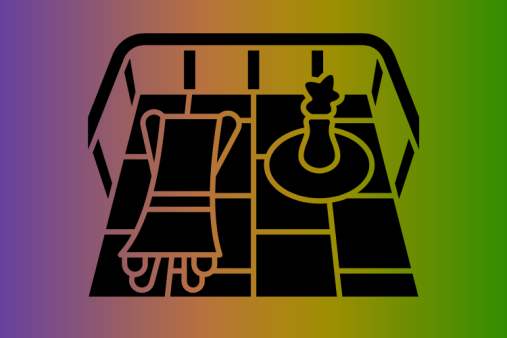Parking is becoming more restricted in many areas of the UK, and off-street parking can be very convenient as well as adding value to your home. Many of us are put off adding a driveway or extending a current driveway as it’s thought to be expensive and difficult, but that doesn’t need to be the case. Gravel is the practical option – it’s cheaper than slabs or block paving, comes in a variety of colours and doesn’t need any particular skill to install. Here’s what you need to do when laying a new gravel drive at home.
Choosing and Buying the Gravel
Gravel and stone chip come in different dimensions, and experts recommend gravel of between 14mm and 20mm in size for use on drives and pathways. Browse through any garden centre website and you’ll see that there is a wide range of different colours of gravels from traditional red granite stone chips through to modern grey limestone or even white chippings. There is no right or wrong when it comes to choosing a gravel or stone – as long as you choose a product which is designed for driveways, the choice of colour is purely personal. You’ll also have to work out how much gravel or stone you’ll need. A rough rule of thumb is that one bulk bag covers an area of 12 square metres. A bulk bag will cost from £100 to £200 depending on the type of stone.
Preparing the Ground
The first job is to remove whatever type of drive you have at present. This might mean removing slabs or turf, and it’s handy to have a skip to put any old surfacing into as these can be extremely heavy. If the ground is uneven, you should try to level it as much as possible, either by stamping ground flat, or using a commercial compactor. Once the ground has been levelled, lay a fabric weed membrane over the area. This type of membrane is flexible, and can be cut to shape using ordinary scissors to fit the area. If you need to use more than one sheet, make sure it overlaps by a considerable distance. Membrane is designed to let water drain down into the ground but not let weeds grow up through the driveway. Peg the membrane into place, or weigh it down with bricks if you wish.
Laying the Gravel
Once you’re happy with the position of the membrane, you can start spreading the gravel over the surface. There are no short cuts to this, and it’s heavy work. Rope in friends or family to help, but all the tools you will need is a shovel. Try to spread the gravel as evenly as possible, aiming for a uniform depth of around 4mm across the area of your drive. There is no need to be precise about this as stone chips and gravel can easily be moved around with a rake at any point. Consider edging your new drive in some way so that the chips and gravel don’t escape from the drive onto the pavement or road.





